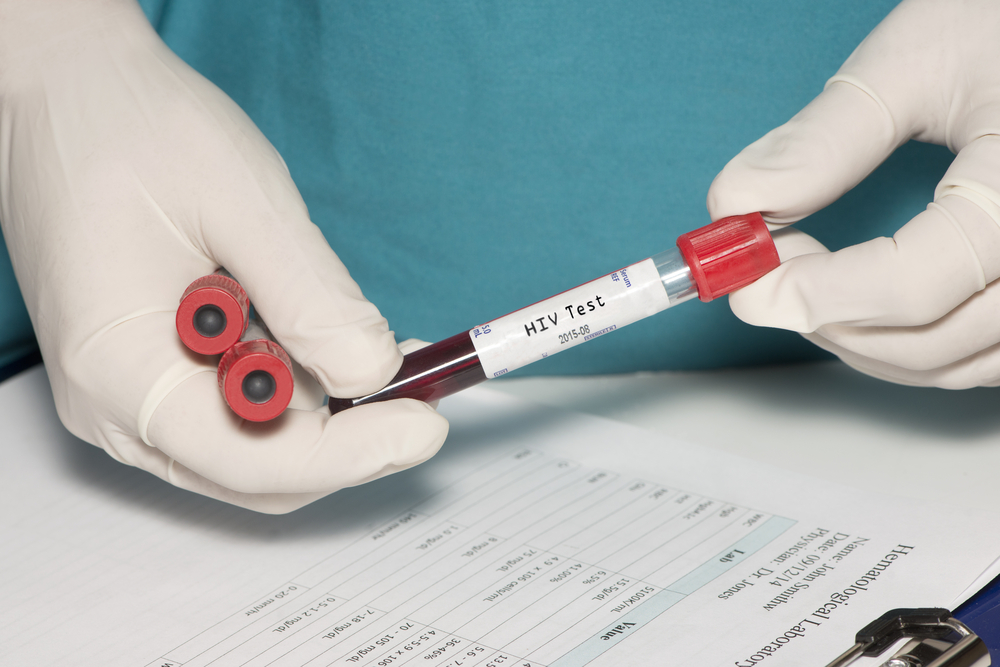Recently conducted research by Caroline Besson, MD, PhD, division of cancer epidemiology and genetics at the National Cancer Institute, suggests that patients with Hodgkin’s Lymphoma (HL) associated with HIV respond similarly to those with only HL (without HIV), when treated with combined Anti-Retroviral Therapy (cART) and doxorubicin (Adriamycin), bleomycin, vinblastine and dacarbazine (ABVD – a first line treatment for HL patients) therapy.
The study involved a total of 159 patients from the French National Agency for Research on AIDS and Viral Hepatitis ANRS-CO16 Lymphovir cohort, newly diagnosed with lymphoma between 2008 and 2014. This was concluded after conducting a series of routine laboratory tests, physical examinations, bone marrow biopsies, Computed Tomography (CT) and Positron Emission Tomography (PET) scanning, and other monitoring methodologies needed for diagnosing HIV and HL, at regular intervals every 6 months, followed by well-planned follow-ups for 5 years.
For those patients with lymphoma detected in their system, staging for the same was done using the Ann Arbor system, which showed that, among patients newly diagnosed with HIV-associated lymphoma, 43% had Hodgkin’s lymphoma (HL). Of these HIV-associated HL patients, 76% were classified as Ann Arbor stage III/IV, and 96% were treated with doxorubicin, bleomycin, vinblastine and dacarbazine (ABVD). The median CD4 T-Cell count for patients with lymphoma was 387 per µL, and 65 patients were receiving combined ART at baseline. Out of these patients, only one had received previously combined ART previously.
At the end of the study, a total of seven deaths were reported: two patients died from early progression, one succumbed to sepsis, two died after relapse, and two more died after relapsing during follow-up. Statistical calculations showed that the 2-year overall survival for patients was 94%, and progression-free survival was 89%. Age was the sole factor associated with death or progression.
When compared with 336 patients who had HL but did not have HIV statistics showed that HIV-positive subjects had significantly higher risk factors for all prognostic indicators of HL. However, Besson and colleagues found that the 2-year progression-free survival for HIV-positive patients was of 89% compared with 86% for the HIV-negative group.
“Altogether, the most striking observations drawn from the present study are the high frequency of [classical HL] among lymphomas in HIV-infected patients and the persistence of high risk features, namely [Epstein-Barr virus] association, [mixed cellularity] subtype, and advanced clinical stage contrasting with the remarkable improvement of their prognosis in the modern [combined] ART era,” Dr. Besson concluded.


